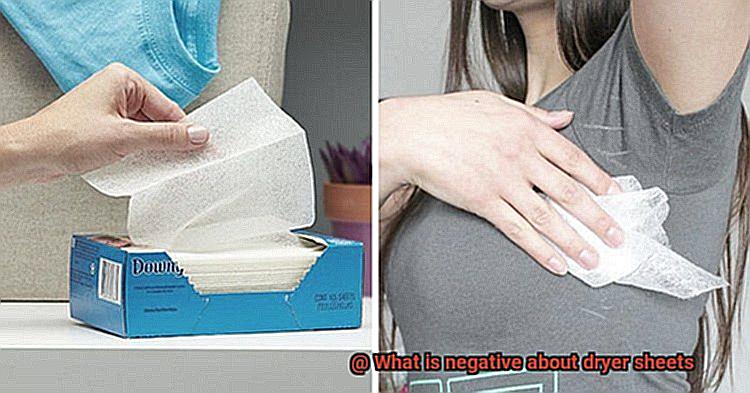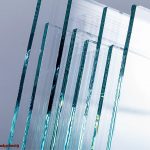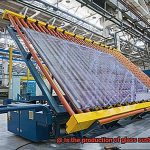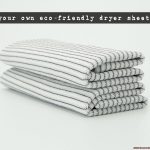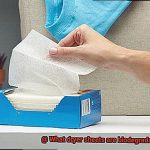For years, dryer sheets have been a go-to for many households to add a fresh scent and soften clothes. But did you know that these innocent-looking sheets can actually be harmful? That’s right, the chemicals in dryer sheets can have negative effects on both our health and the environment.
If you’re curious about what makes dryer sheets problematic, then you’ve come to the right place. In this blog post, we’ll delve into the top reasons why these seemingly harmless laundry accessories can be dangerous. We’ll explore how they impact the environment through chemical releases into the air and harm to wildlife. Additionally, we’ll examine how using them can also pose potential hazards to our health.
But don’t worry, it’s not all doom and gloom. We’ll also provide some alternatives and easy steps that you can take to reduce your exposure to these harmful chemicals. By reading this post, you’ll gain a deeper understanding of why dryer sheets are a cause for concern and make more informed choices when it comes to your laundry routine.
So buckle up and get ready for an eye-opening journey as we explore what is negative about dryer sheets.
Harmful Chemicals in Dryer Sheets
Contents
- 1 Harmful Chemicals in Dryer Sheets
- 2 Environmental Impact of Dryer Sheets
- 3 Damage to Clothing Caused by Dryer Sheets
- 4 Alternatives to Dryer Sheets
- 5 Tips for Choosing the Right Dryer Sheet
- 5.1 Fear not. Choosing the right dryer sheet is easy with these tips.
- 5.2 The fresh scent of laundry is tempting, but many dryer sheets achieve this through synthetic fragrances that can be harmful to your health and the environment. Instead of using scented dryer sheets, choose fragrance-free or unscented options. You can always add a few drops of natural essential oils to your laundry if you want a pleasant scent.
- 6 Benefits of Using Natural Alternatives to Dryer Sheets
- 7 Conclusion
While dryer sheets may seem like a convenient laundry product, their use comes with several potential health and environmental risks that consumers should be aware of.
One of the most concerning chemicals found in dryer sheets is quaternary ammonium compounds, or “quats” for short. These compounds are used as fabric softeners and anti-static agents, but they have been linked to skin irritation, respiratory problems, and allergic reactions in some people. Quats are also toxic to aquatic life and can contribute to water pollution when they are washed down the drain.
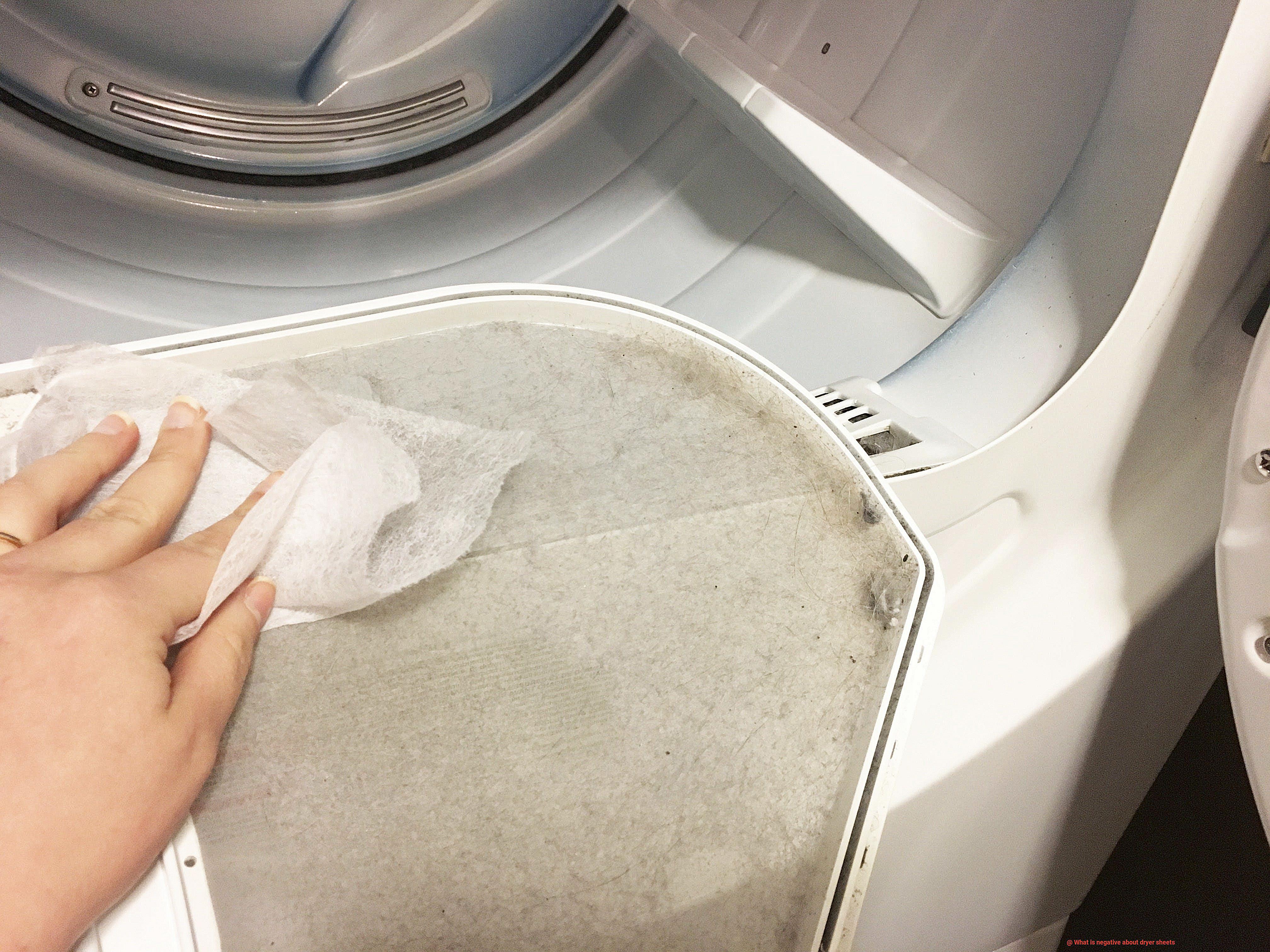
In addition to quats, dryer sheets may also contain other harmful chemicals such as benzyl acetate, a known carcinogen, and alpha-terpineol, which has been linked to respiratory problems. With each use of dryer sheets, these chemicals are released into the air and can contribute to air pollution.
Another negative aspect of dryer sheets is that they are not biodegradable. Once discarded, they can take years to break down and contribute to environmental pollution. Additionally, dryer sheets are often packaged in plastic which further adds to the environmental impact.
Furthermore, the chemicals in dryer sheets can cause fabric to break down over time and become less durable. This can lead to holes and tears in clothing, especially for delicate fabrics or items that require special care.
Environmental Impact of Dryer Sheets
The chemicals used in these sheets not only harm humans but also pollute the environment. From air pollution to water contamination, it’s essential to understand the impact of dryer sheets on our surroundings.
One of the most significant environmental concerns with dryer sheets is their contribution to air pollution. During the drying process, dryer sheets release volatile organic compounds (VOCs) into the air, which contribute to smog formation and respiratory problems for humans and animals alike. This means that every time you use a dryer sheet, you’re contributing to air pollution in your community.
But it’s not just the air that’s affected by dryer sheets – they also have a negative impact on landfills. Dryer sheets are not biodegradable, meaning they do not break down naturally and end up taking up space in landfills for years. This puts a significant burden on the environment as more and more waste accumulates in landfills.
Furthermore, many dryer sheets contain synthetic fragrances that can irritate sensitive skin and trigger allergies. These fragrances are also harmful to aquatic life when they enter water sources, disrupting the natural balance of ecosystems and leading to the death of fish and other aquatic creatures.
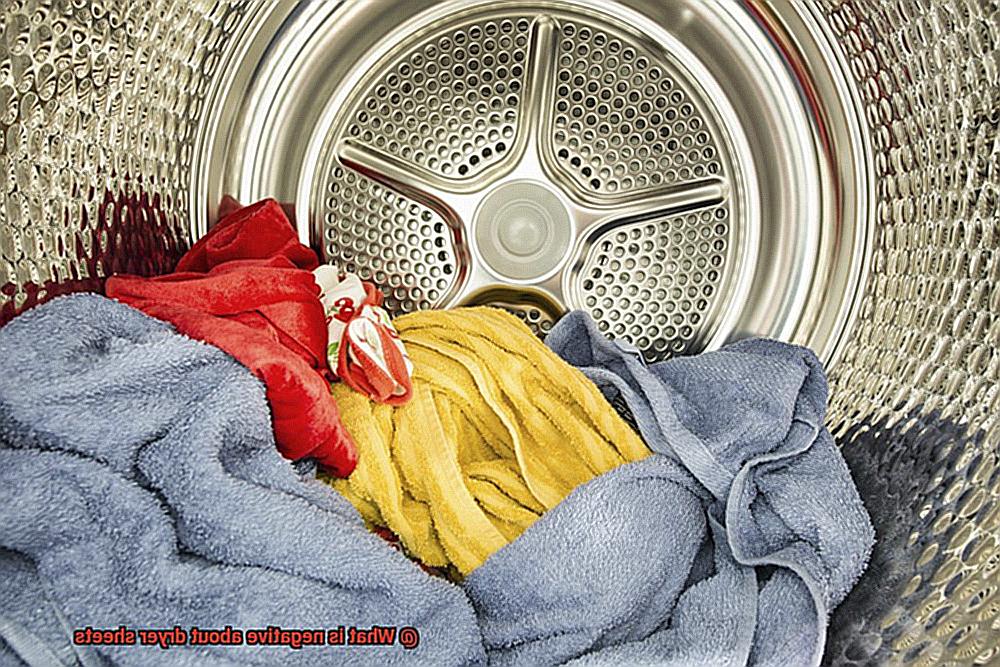
Lastly, the production of dryer sheets requires significant amounts of energy and resources, contributing to greenhouse gas emissions and environmental degradation. This means that not only are dryer sheets harmful after you use them, but they also have a negative impact from their production.
If you’re looking for an alternative to dryer sheets that’s more eco-friendly, there are plenty of options to choose from. One option is using wool dryer balls, which are reusable and chemical-free. Another option is simply hanging your clothes outside to dry if weather permits. By making small changes like these, you can reduce your environmental impact while still keeping your laundry fresh and clean.
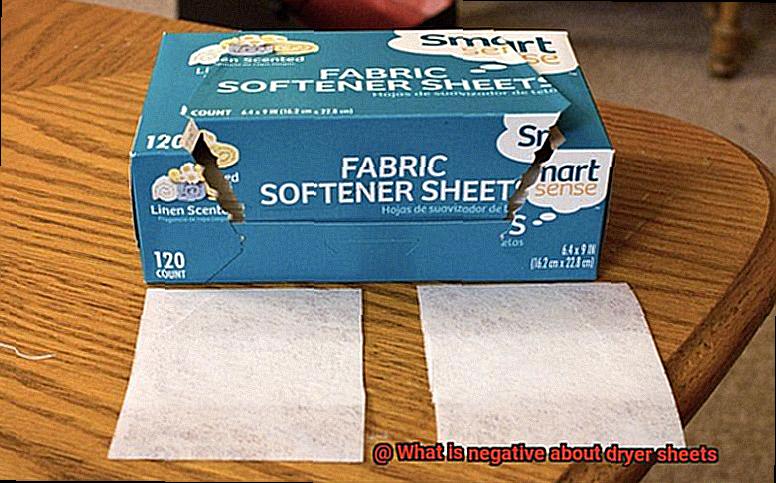
Damage to Clothing Caused by Dryer Sheets
In fact, dryer sheets are known culprits of pilling, discoloration, reduced absorbency, and damage to specialized fabrics like athletic wear and lingerie.
Pilling is one of the most common issues caused by dryer sheets. The chemicals present in these sheets can create excessive friction between garments, leading to small balls of fabric forming on the surface of clothing. Not only does this make clothes look old and worn-out, but it also shortens their lifespan. And let’s face it, nobody wants to part with their favorite sweater or pair of jeans before it’s time.
Discoloration and staining are another headache that comes with using dryer sheets. The chemicals in these sheets can react with fabric dyes, leaving behind unsightly marks that are tough to remove. This problem is especially common with white clothes, which can turn yellow over time due to prolonged use of dryer sheets. Nobody wants to be walking around with yellowed armpits on their favorite white tee.
When it comes to towels and other fabrics, dryer sheets can cause reduced absorbency. The chemicals present in these sheets can create a waxy buildup on the surface of the fabric, making it less absorbent. This can be particularly frustrating when drying off after a shower or bath, as towels may not soak up moisture effectively. Nobody wants to be left dripping wet after a shower because their towel has lost its absorbency.
Furthermore, dryer sheets can cause damage to specialized fabrics such as athletic wear, swimsuits, and lingerie. These fabrics are often made of synthetic materials that are sensitive to heat and chemicals. Dryer sheets can cause these materials to break down, leading to shrinkage, distortion, and loss of elasticity. Nobody wants to show up to their workout class in a stretched-out and distorted pair of leggings.
To avoid damage to your clothing caused by dryer sheets, it is recommended to use alternative methods such as wool dryer balls or natural fabric softeners like vinegar or baking soda. Not only are these options better for the environment, but they are also gentler on clothes, prolonging their lifespan and keeping them looking new for longer. Plus, you’ll save money on replacing clothes that have been damaged by dryer sheets.
Alternatives to Dryer Sheets
Fear not, for there are plenty of eco-friendly alternatives that can give you the same results without the negative impact.
One option is wool dryer balls. These delightful little balls made from natural materials work by bouncing around in the dryer, separating clothes and reducing static cling. They also soften clothes and reduce drying time, which can save energy and money in the long run. Not to mention they are a cost-effective and eco-friendly alternative to dryer sheets that can last for years.
Another alternative is using white vinegar as a fabric softener. Just add half a cup of white vinegar to your wash during the rinse cycle, and voila. Your clothes will come out soft and static-free. As an added bonus, vinegar is also a natural deodorizer, so it can help eliminate odors from your laundry.
If you crave a fresh scent in your laundry, you can make your own natural fabric softener by mixing water, baking soda, and essential oils. This DIY solution can be added to the rinse cycle or sprayed onto clothes before drying. Plus, it’s customizable to your preferred scent.
Lastly, consider skipping fabric softeners altogether and hang your clothes outside to dry. Not only does this save energy, but it also helps to reduce wear and tear on your clothes, extending their lifespan. Plus, there’s nothing quite like the fresh smell of sun-dried laundry.
Tips for Choosing the Right Dryer Sheet
Fear not. Choosing the right dryer sheet is easy with these tips.
Chemicals found in traditional dryer sheets like benzyl acetate, benzyl alcohol, and chloroform are harmful to both you and the environment. Benzyl acetate is a known carcinogen, while chloroform can cause respiratory issues. To avoid these toxic chemicals, opt for natural and biodegradable dryer sheets made from materials such as wool or bamboo. These options are not only better for your health but also eco-friendly.
The fresh scent of laundry is tempting, but many dryer sheets achieve this through synthetic fragrances that can be harmful to your health and the environment. Instead of using scented dryer sheets, choose fragrance-free or unscented options. You can always add a few drops of natural essential oils to your laundry if you want a pleasant scent.
Packaging is another crucial consideration when choosing the right dryer sheet. Look for options that use minimal packaging or are packaged in recyclable materials to reduce waste and minimize negative impacts on the environment.
Benefits of Using Natural Alternatives to Dryer Sheets
Well, it’s time to switch to natural alternatives like wool dryer balls or reusable dryer sheets. These eco-friendly options offer many benefits that make them a better choice for both you and the planet.
One of the biggest advantages of natural alternatives to dryer sheets is their biodegradability. Unlike synthetic materials found in traditional dryer sheets, natural alternatives can decompose naturally over time, reducing waste and your environmental impact. Plus, they’re made from sustainable materials like wool or bamboo, so you can feel good about your purchase.
But that’s not all. Natural alternatives are often hypoallergenic and free of harsh chemicals found in traditional dryer sheets which can cause skin irritation or respiratory problems. In contrast, natural alternatives are typically made from gentle materials that will not harm you or the environment.
Natural alternatives can also save you money in the long run. Traditional dryer sheets need to be replaced after each use, but wool dryer balls and reusable dryer sheets can be used over and over again. This makes them a more cost-effective option in the long term.
AfiR39VzlPI” >
Conclusion
In summary, dryer sheets may seem like a quick and easy solution for soft, fresh-smelling laundry, but their negative impact on both health and the environment is not worth the convenience. The chemicals found in traditional dryer sheets can lead to skin irritation, respiratory issues, and allergic reactions. Additionally, these chemicals are released into the air during the drying process, contributing to pollution that harms wildlife and ecosystems.
Luckily, there are plenty of eco-friendly alternatives available that not only reduce your environmental impact but also benefit your health. Natural fabric softeners such as vinegar or baking soda can be used instead of dryer sheets. Wool dryer balls are another great option that not only soften clothes but also reduce drying time and energy consumption.
When selecting a dryer sheet alternative, choose natural and biodegradable options made from materials like wool or bamboo. Avoid synthetic fragrances that can be harmful to your health and the environment. Look for minimal packaging or recyclable materials to further minimize waste.
By making small changes in your laundry routine such as switching to natural alternatives or using fewer products overall, you can make a significant positive impact on both yourself and the planet. These changes offer benefits such as hypoallergenic properties, cost-effectiveness, sustainability, and reduced environmental pollution. So why not give it a try?
